Environmentally conscious coffee drinkers already know that the brew they choose matters. They comb supermarket shelves looking for labels like “USDA Organic,” “Rainforest Alliance Certified” and “Fair Trade Certified.”
Did you know, however, that there’s one more label you might want to be sure your morning cup of joe carries? Check to see whether your coffee is certified as a “Bird-Friendly” brand.

Many of the birds you know and love spend their winters in Central and South America, where most of our coffee originates. Over 40 species of migratory songbirds seek out the heavy canopy shade of these coffee plantations as their winter havens.
Migratory birds that thrive in forested habitat include hummingbirds, orioles, tanagers, grosbeaks, redstarts, hawks, warblers, vireos and many more.
The Smithsonian Migratory Bird Center (SMBC), affiliated with the National Zoo in Washington, D.C., developed the “Bird-Friendly” certification in 1997. Using science-based criteria, the developers relied on ornithological research done in Latin America to determine what tropical agricultural setting would support birds while allowing sustainably grown coffee crops.
Why make the special effort to find and buy bird-friendly coffee? Here are six good reasons:
1. It Saves Forests, Which Saves Birds
“Bird-friendly” coffee is first and foremost shade-grown. Almost all coffee was grown this way until about 1972, when scientists developed a hybrid coffee plant that could grow in full-sun conditions, yielding significantly more beans.
There are approximately 6 million acres of coffee-producing farmland worldwide. Since 1972, about 60 percent of that land has been deforested to make room for the hybrid, full-sun variety of coffee plant.
Today, coffee growers fall roughly intofive shade categories:
-
Rustic (70-100 percent shade) – Coffee grown in the traditional, centuries-old, rustic fashion is cultivated on the forest floor beneath a thick overhead forest canopy.
-
Traditional Polyculture (60-90 percent shade) – Coffee grown under a mix of native and planted trees receives a good amount of shade.
-
Commercial Polyculture (30-60 percent shade) – Forested land is largely cut down to expand the area for coffee planting. The shade that is there comes from timber and fruit trees.
-
Shaded monoculture (10-30 percent shade) – Only a few pruned trees provide a limited amount of shade for coffee crops.
-
Full sun (No shade) – There is no forested canopy and no shade cover at all.
Rustic or traditionally managed coffee plantations offer the greatest amount of desirable habitat for 150 species of birds, according to SMBC biologists. The same is true of cacao (chocolate) plantations. No other agricultural land type offers better habitat for migratory birds. In fact, the only habitat that’s better suited for birds than traditionally managed coffee and cacao plantations is the pristine tropical forest.
Clear-cutting these forests to increase coffee bean yield upsets the ecosystem, creating a critical survival problem for millions of birds and other animals that depend on these forested areas.
2. It‘s Environmentally Friendly in Other Ways, Too
Shade-grown coffee needs no pesticides or chemical fertilizers.The birds take care of weeding out problematic bugs like the dreaded coffee borer beetle. Fertilization isn’t necessary because leaf debris and organic matter that fall from the tree canopy to the ground enrich the soil, providing a natural source of nutrients for the coffee plants.
Compare this to how a full-sun coffee plantation must operate: Without trees, it has no birds to act as natural predators for insects. It must instead rely heavily on pesticides to keep the insect population in check. It also needs to use a great deal of herbicides, since weeds are much more difficult to deal with when there’s no shade to kill them off naturally.
In addition, when it rains all these chemicals turn into agricultural runoff, contaminating rivers and streams. Lack of trees also causes significant erosion in these areas.
3. It‘s Officially Certified and Organic
Qualifying for the official “Bird-Friendly” certification label is no small task. To win this most difficult of all coffee certifications, a farm must have a minimum 40 percent shade cover, at least 11 species of shade trees and a canopy at least 12 meters high. The coffee must, of course, also be certified organic.
There are, in addition, criteria for structural diversity, floristic diversity, woody species (trees and shrubs) and vegetative buffers along waterways.

4. It Guarantees Fair, Stable Prices for Even the Smallest of Coffee Producers
Yes, bird-friendly coffee costs more than your run of the mill canister of Chock Full O’ Nuts or Folgers. There’s a reason for that.
Coffee that’s grown in the shade ripens more slowly than sun-grown coffee. Obviously, that means if a farmer cuts down his trees and commits to growing in the sun, he’ll wind up with more beans to sell in a shorter period of time than his shade-grown competitor.
To encourage coffee growers not to cut down forests to increase their yields, they need an economic incentive. Getting a premium price for their independently certified shade-grown coffee keeps growers happy and trees in place.
The promise of a premium price also provides the motivation for a farmer to jump through the difficult hoops leading to certification.
Bird-friendly certification ensures access to markets for all coffee growers, no matter how large or small their farm may be. In addition, says the SMBC, certification paves the way for access to credit for those using sustainable technologies. It also enables adequate wages, housing and health care for workers.
5. It‘s Getting Easier to Find
Until recently, it was a real challenge to find bird-friendly coffee. Ordering it online was often the only option available. Good online sources still abound, of course, but these days you can often find what you’re looking for a lot closer to home.
For those near a Whole Foods, look no further. Whole Foods has over 300 stores nationwide, and as of June 2013 they all carry “Early Bird Blend” from Allegro Coffee. This coffee comes from “Bird-Friendly” certified farms in Mexico and Nicaragua.
If there’s no Whole Foods near you, check out the SMBC’s web site. It has a search tool to locate retailers, roasters and importers near you.
6. It Costs Less Than You Might Think
‘[P]er pound we’re about the same as Starbucks or other specialty coffees,” Bill Wilson, co-founder of Canada’s Birds and Beans coffee roaster, told the Wheaton Patch. “Compared to Folgers or Maxwell House, we’re more expensive.”
Bird-friendly coffee is also a less expensive choice than Keurig K-cups, according to Wilson. He says a single serving K-Cup ends up costing about a dollar, while bird-friendly coffee costs about 30 cents per cup.
Bird ecologist Julie Craves of Coffee and Conservation agrees. Shesays onthat website:
Most of the specialty coffee that is reviewed [on Coffee and Conservation] costs in the range of $9.95 to $14.95 for a 12-ounce bag. That works out to $0.32 to $0.48 a cup. A pound of coffee from Caribou or Starbucks runs about $13 a pound, or $0.32 a cup. This is at least six times cheaper than a couple of shots of decent scotch or a glass of wine from a $15 bottle, not to mention less than the cost of a cup of (unsustainable) coffee at McDonald’s or Dunkin Donuts.
Convinced? Those birds you love to watch flitting about your yard certainly hope so. Their future may depend on the choices you make, including your coffee.
This article was written by Susan Bird for Care2.com






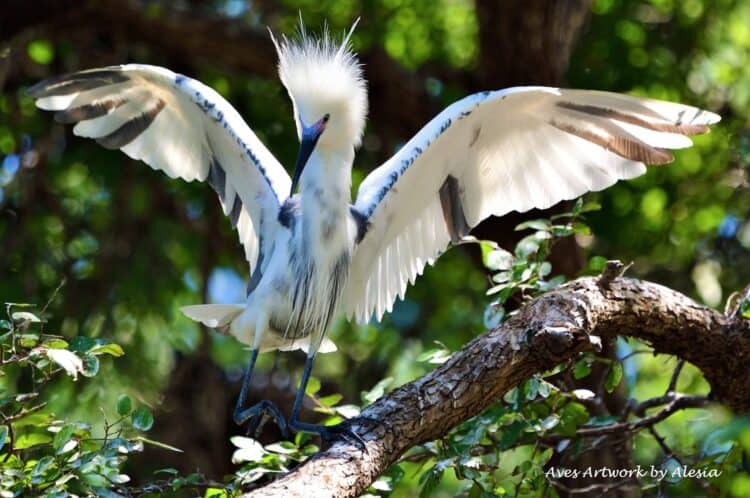
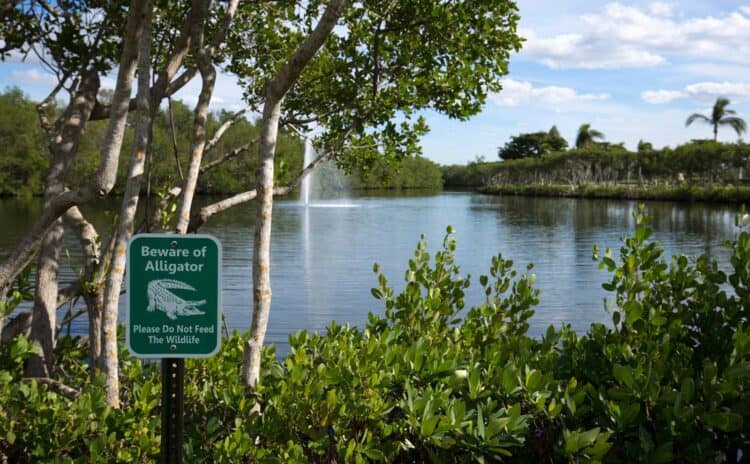
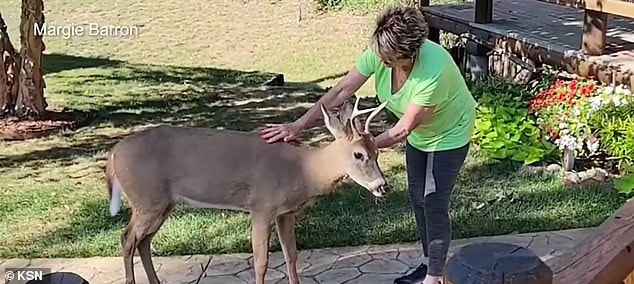
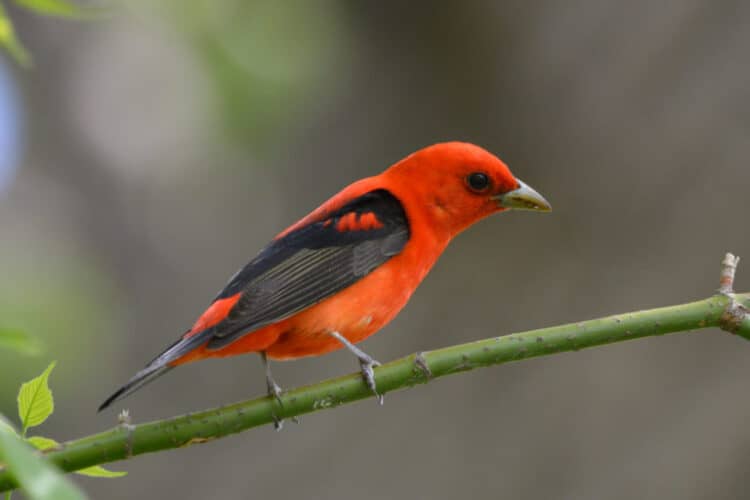
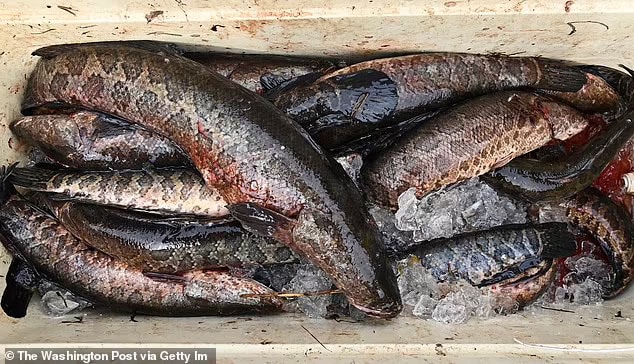

Leave a Reply